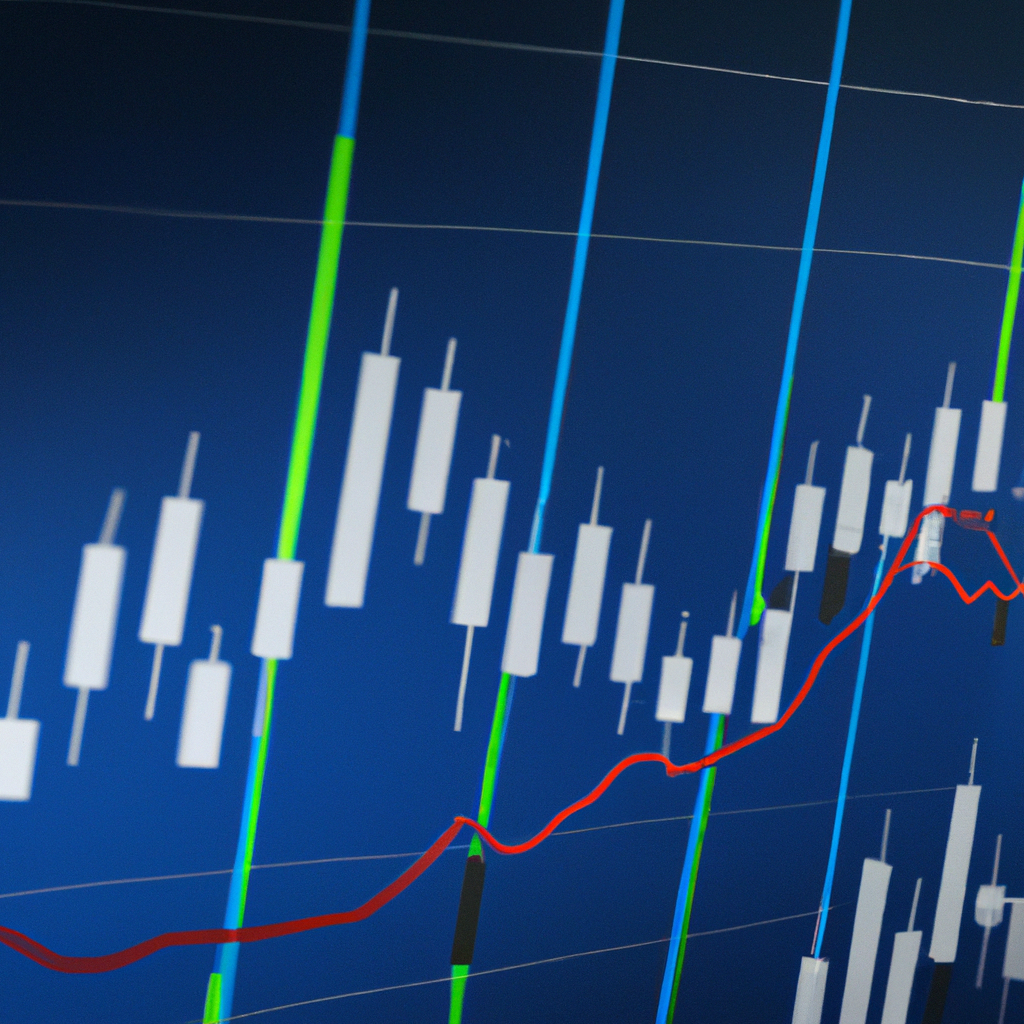Volume Spikes and Market Reversals: Understanding the Connection
Introduction
Volume spikes and market reversals are two critical concepts in the world of financial markets. Traders and investors closely monitor these indicators to make informed decisions and predict potential market movements. In this article, we will explore the relationship between volume spikes and market reversals, their significance, and how they can be utilized to enhance trading strategies.
What are Volume Spikes?
Volume spikes refer to sudden and significant increases in trading volume within a given period. In technical analysis, volume is a measure of the number of shares or contracts traded during a specific time frame. When there is a substantial surge in trading volume, it is considered a volume spike.
Why are Volume Spikes Important?
Volume spikes hold immense importance for traders as they often indicate the presence of market participants’ increased interest and activity. Such spikes can be triggered by various factors, including significant news releases, earnings announcements, or unexpected events. They provide valuable insights into the market sentiment and can serve as a precursor to potential market reversals.
The Connection to Market Reversals
Market reversals, also known as trend reversals, occur when the prevailing trend in the market changes direction. For example, if a market has been experiencing a prolonged uptrend, a reversal would signify a shift towards a downtrend. Volume spikes often coincide with market reversals, acting as a confirmation or warning signal for traders.
How Volume Spikes Indicate Market Reversals
There are several ways in which volume spikes can indicate market reversals:
1. Exhaustion of the Existing Trend
Volume spikes can suggest that the current trend is losing momentum and nearing exhaustion. If the volume spike occurs near the end of an extended trend, it may indicate that market participants are becoming increasingly uncertain or hesitant about the continuation of the trend. This can signal an impending reversal.
2. Increased Selling or Buying Pressure
Volume spikes can also indicate a surge in selling or buying pressure. If the volume spike is accompanied by a significant increase in selling volume, it suggests that more market participants are offloading their holdings, potentially driving prices down and leading to a market reversal. Conversely, a volume spike with a substantial increase in buying volume may indicate a potential reversal towards an uptrend.
3. Support or Resistance Breakouts
When a market is approaching a key support or resistance level, a volume spike can provide insights into the potential outcome. If the volume spike occurs during a breakout above a resistance level, it suggests increased buying interest, potentially leading to a bullish reversal. Conversely, a volume spike during a breakdown below a support level may indicate heightened selling pressure and a potential bearish reversal.
Utilizing Volume Spikes and Market Reversals in Trading Strategies
Traders can incorporate volume spikes and market reversals into their trading strategies to improve decision-making and increase profitability. Here are a few ways to utilize these indicators:
1. Confirmation of Trade Signals
When a trader identifies a potential trade setup, such as a trend reversal pattern or a breakout, a volume spike can act as confirmation. If the volume spike aligns with the anticipated market reversal, it strengthens the validity of the trade signal, providing greater confidence to enter or exit positions.
2. Setting Stop Loss Levels
Volume spikes can also help traders determine appropriate stop loss levels. If a volume spike occurs against the trader’s position, it may indicate a potential reversal that could result in significant losses. By setting stop loss orders just beyond the price levels associated with volume spikes, traders can protect their capital and limit potential downside risks.
3. Identifying Market Turning Points
By closely monitoring volume spikes and their correlation with market reversals, traders can identify potential turning points in the market. This information can be used to anticipate trend changes and adjust trading strategies accordingly. It is crucial to combine volume analysis with other technical indicators and chart patterns to enhance accuracy.
Conclusion
Volume spikes and market reversals are closely intertwined, providing traders with valuable insights into market dynamics. Recognizing volume spikes and understanding their connection to market reversals can significantly enhance trading strategies, allowing traders to make more informed decisions and capitalize on potential opportunities. By incorporating these indicators into their analysis, traders can navigate the ever-changing landscape of financial markets with greater confidence and success.
